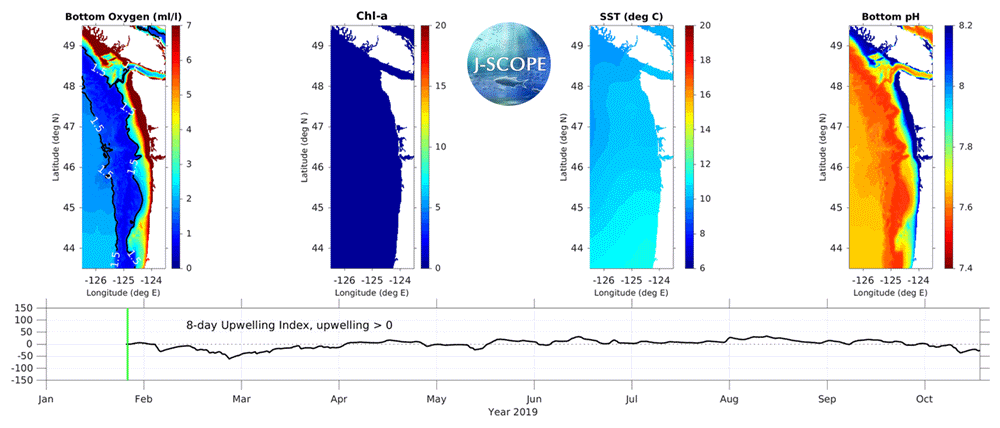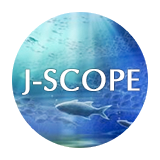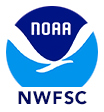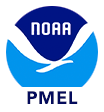Forecast Origin Dates
The J-SCOPE forecast system for Washington and Oregon coastal waters presents preliminary results for the 2019 upwelling season. The CFS forecast indicates continued weak El Niño conditions until late spring, with more uncertainty surrounding the development of a strong El Niño condition versus a return to neutral conditions exists in the forecasts heading into the summer. In comparison to the climatological data, during the summer upwelling season (May - August), coastal regions are forecasted to have higher sea surface temperatures (SST) with the warm anomalies extending subsurface. Bottom oxygen is forecasted to be lower over the Washington shelf over the upwelling season with near climatological values forecasted for the Oregon shelf. Chlorophyll concentrations vary spatially but are forecasted to be higher on the Washington shelf and over Heceta Bank and lower over the rest of the Oregon shelf. Bottom Ω is forecasted to be undersaturated throughout the upwelling season, with the exception of supersaturated conditions on shallow nearshore Washington shelves. Surface Ω is forecasted to be supersaturated throughout the upwelling season for all coastal areas.
The forecast system predicts the timing of the spring transition from downwelling to upwelling, the cumulative upwelling index, sea-surface temperature (SST), primary production, chlorophyll stock, dissolved oxygen, and sardine habitat. The forecast for 2019 is composed of three model runs that make up an ensemble. Each model run is initialized at a different time (January 5, January 15, January 25), and has complementary forcing files from the large scale model, CFS. The details of the wind forcing for each model run can be found on the California Current Indicators tab. For each of the predicted quantities listed above, we report the ensemble average anomaly as well as the relative uncertainty within the ensemble, which is defined as the standard deviation of the ensemble divided by the mean of the ensemble and is reported as a percentage of the mean. All of these quantities are reported as monthly averaged anomalies from our new January-initialized reforecast climatology, which spans 2009 - 2017. An anomaly is an indication of how different conditions are to what they have been in the past. For more information about anomalies, please see the NANOOS Climatology App. These predicted quantities are key indicators for the California Current Integrated Ecosystem Assessment report.

The movie above shows the J-SCOPE forecast for 2019, from ensemble model run 3 initialized on January 25. More information about the three panels on the left can be found by navigating the Oxygen, Chlorophyll, and Sea Surface Temperature tabs above. The panel on the far right depicts the evolution of bottom water pH over the forecast period. The pH field is calculated using an empirical relationship established by Alin et al., in prep. This work is part of a collaboration between Samantha Siedlecki, J-SCOPE, and the Ocean Acidification group at NOAA PMEL. The 8-day upwelling index is calculated using the method described in Austin and Barth (2002) and can also be found under the California Current Indicators tab above.








